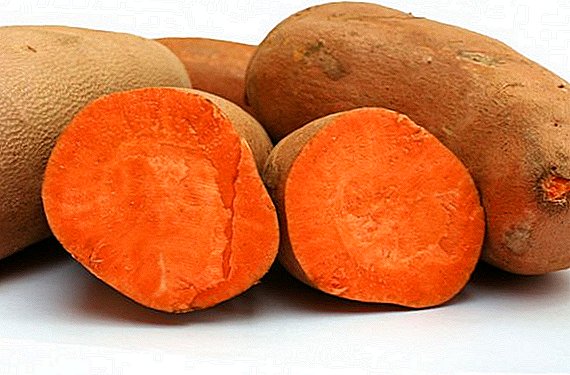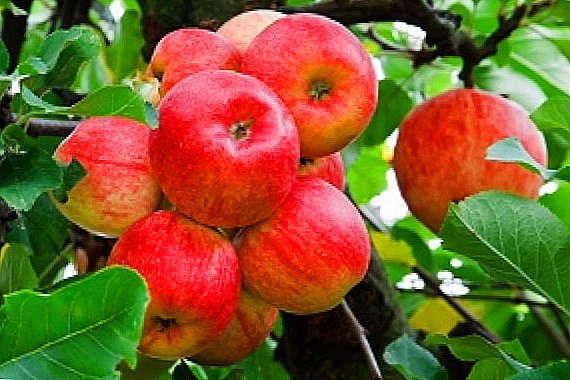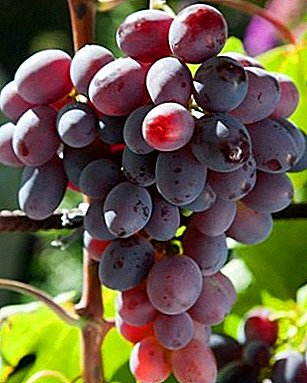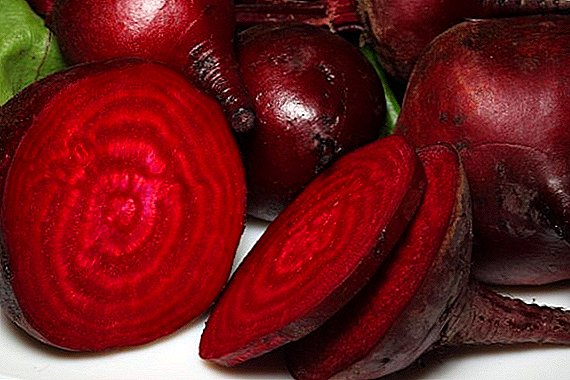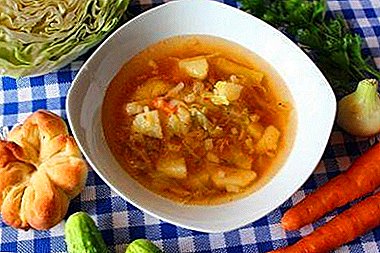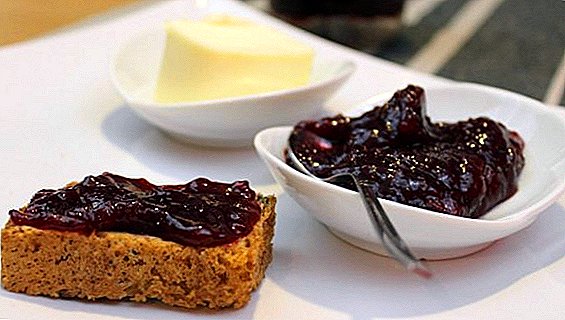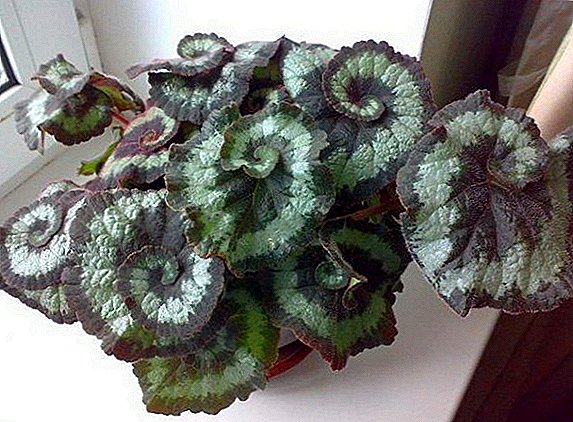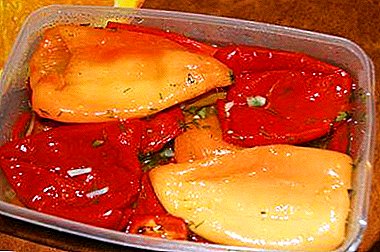
Pickled Bulgarian pepper is a very healthy and tasty delicacy. Such salting is perfect for any meal.
To prepare this product, the vegetable is soaked in brine, which consists of water, sugar, salt, herbs and various spices. Pepper can be pickled by itself and as part of a vegetable platter.
Today we will tell you how this beautiful vegetable in its fermented form is useful and share the best recipes for its preparation. We also recommend to watch a useful video on this topic.
Peculiarities of fermentation
Hot pepper, in contrast to sweet Bulgarian, is usually kvass, by itself, without any special additives. Besides, it is possible to store blanks with bitter pepper even without brine. With paprika and other sweet varieties of this vegetable, this method of storage is not allowed.
Benefit and harm
 The amount of calories in pickled Bulgarian pepper depends on the ingredients that were used to make brine. On average, this figure ranges from 44 to 70 kcal per 100 grams of finished product. The moistened bell pepper can be served with any hot and cold meat dishes, alone or as part of a pickles assortment.
The amount of calories in pickled Bulgarian pepper depends on the ingredients that were used to make brine. On average, this figure ranges from 44 to 70 kcal per 100 grams of finished product. The moistened bell pepper can be served with any hot and cold meat dishes, alone or as part of a pickles assortment.
Eating sour bell pepper brings great benefits to the human body. The fact is that during the preparation of this home-made pickling, the vitamin composition of the vegetable remains the same and does not undergo any changes.
Bulgarian pepper is rich in:
- vitamin C;
- biotin;
- iron;
- vitamin B.
It contains the minerals necessary for normal metabolism and body function. This product can be harmful only for persons with various diseases of the kidneys, liver and gastrointestinal tract. Pickled foods are not suitable for children, pregnant women and nursing mothers.
How to choose a vegetable?
Thinly peppers with a dark green color for the leaven are not suitable. For fermentation, ripe, fleshy fruits are taken that have a greenish-yellow, orange or maroon-red color.
IMPORTANT: Bulgarian pepper should have a sweetish taste. For salting should select only intact vegetables, without rot and spots.
Step by step instructions on how to ferment for winter
Bulgarian pepper can be sour whole, that is, without cutting the core out of it with seeds, or before salting, carefully remove the inside with a knife. In what form to harvest this product, the hostess decides for herself.
Whole
For the preparation of homemade whole will need:
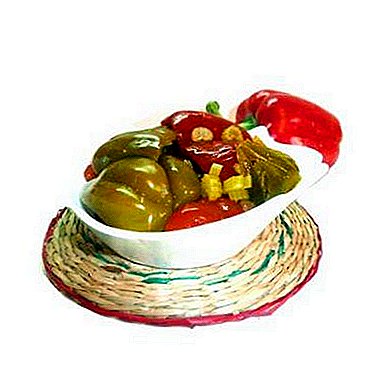 sugar - 4 tbsp. spoons;
sugar - 4 tbsp. spoons;- dill and parsley - 1 large bunch;
- water - 1, 5 liters;
- garlic - 1 head;
- coarse salt is not enriched with iodine - 1.5 tbsp. spoons;
- spices: cloves, cinnamon, ground pepper - to taste.
Well-ripened, intact fruits are thoroughly washed and the process of making homemade pickles is started:
- Greens are cut into large pieces with a knife, while garlic is put under pressure on the garlic press, then both ingredients are mixed in a bowl.
- Bulgarian pepper layers are placed on the bottom of the container in which it will be stored, periodically sprinkling it with a mixture of greens and garlic. The process is repeated until the container is filled or the raw material for salting is finished.
- Now you can proceed to the preparation of brine. To do this, put spices, sugar and salt in boiling water. After boiling water for 5-10 minutes, the brine obtained should be allowed to cool to 35 degrees. Only after this, the resulting composition is poured into a container of peppers. It is important that all fruits are covered with liquid.
- After pouring, they keep a container of homemade pickles for several days in a warm room under the yoke. After 5-6 days, the workpiece can be sent to storage in the basement. Pepper will be ready for use in a half to two months.
This recipe is suitable for fermenting peppers in any suitable container., it can be:
- wooden keg;
- enamel or plastic bucket;
- three-liter jar.
TIP: The choice of a suitable container depends on the quantity of product to be salted and the method of storage. In the countryside, where almost every household has a cellar, pickling is very convenient to store in barrels.
Cooking Recipe with Cabbage
Pickled peppers with cabbage can be prepared in plastic buckets. The tank before salting needs to be washed, and it is better to scald with boiling water. The following ingredients are required to prepare the recipe:
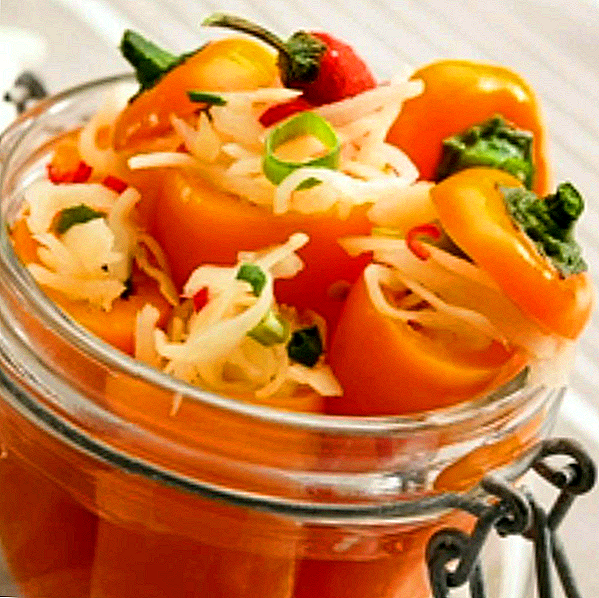 Bulgarian pepper - 1 kilogram;
Bulgarian pepper - 1 kilogram;- cabbage - 1 kilogram;
- salt - 2 tbsp. spoons;
- sugar - 2 tbsp. spoons;
- water - 2 liters;
- spices - to taste.
- To do this, cut from the fruit core with seeds. And then fill each pepper finely chopped white cabbage.
- After that, stuffed peppers in dense layers are placed in a container, filling the space between the fruits, cabbage.
- Now you can prepare the fill. To do this, sugar, salt and spices (bay leaf, ground pepper, cloves, cinnamon) are poured into the boiling pot.
- After the brine has cooled to 35 degrees, they can pour the vegetables. It is important that the peppers are completely covered with liquid.
- After that, the workpiece is covered with clean gauze and put under pressure in a warm room.
- In a week, the product should be transferred to a cool place for storage.
It is possible to speed up the process of salting preparation, if vinegar is added to the brine, in the amount of 50 ml per 2 liters of water.
Watch the video about harvesting sauerkraut in Bulgarian pepper:
With carrots
 Salting sweet peppers can be with carrotsFor this, you need to grate it on a coarse grater, and then stuff the fruits of Bulgarian pepper with it. The whole further cooking process is identical to the salting of the Bulgarian pepper and cabbage. For brine take:
Salting sweet peppers can be with carrotsFor this, you need to grate it on a coarse grater, and then stuff the fruits of Bulgarian pepper with it. The whole further cooking process is identical to the salting of the Bulgarian pepper and cabbage. For brine take:
- salt - 2 tbsp. spoons;
- sugar - 2 tbsp. spoons;
- water - 2 liters;
- spices - to taste.
There are recipes in which both vegetables are fermented whole or carrots are cut into large pieces. The process of cooking this delicacy is not much different from the classic.
Together
Very tasty bell peppers, if pickled with carrots and cabbage. Ingredients Required:
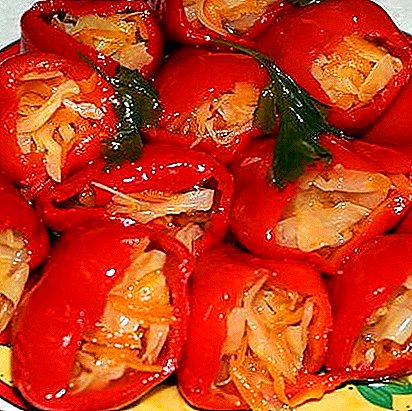 carrots - 1 kilogram;
carrots - 1 kilogram;- cabbage - 1 kilogram;
- Bulgarian pepper - 1 kilogram;
- salt - 2 tbsp. spoons;
- sugar - 2 tbsp. spoons.
The cooking process begins with the following steps:
- The cabbage is chopped, but not too shallow, and the carrot is grated on a coarse grater, after which they are mixed in a deep enamel bowl.
- Salt, sugar and spices are added to the resulting vegetable mixture. After that, you need to wait for the juice from the vegetables to be drained and put aside.
- Peppers are cleaned from the core and filled with a mixture of cabbage and carrots, and then tightly placed on the bottom of the tank, designed to store homemade billet. All the free space between the stuffed fruits is filled with a mixture of carrots and cabbage. Then, in the same way spread a new layer.
- After the container is filled, the peppers are poured with the juice drained from the carrot-cabbage mixture. If the liquid is not enough, you can dilute a small amount of salt and sugar in boiled warm water and add brine to the preform.
- Vegetables need to cover with a clean piece of gauze and put pressure on them. The container with the billet is kept warm for 7-10 days and then taken to the cellar for storage.
What other vegetables can I add?
In pickled peppers, you can add more such vegetables:
- green tomatoes;
- onion;
- hot peppers;
- pumpkin.
Storage
Keep pickled peppers in any cool place.. Storage rooms and cellars are well suited for this.
What dishes can I use?
Pickled pepper can be used to prepare various dishes. It can be:
- salads with meat and pickled mushrooms;
- vegetable soups;
- borscht.
Conclusion
Any housewife can cook homemade preparations, using the forgotten recipes of our grandmothers. With the help of pickled vegetables you can diversify the daily menu.. Considering that only natural preservatives are used for home salting, it is easy to conclude that they are much more useful than factory products.


 sugar - 4 tbsp. spoons;
sugar - 4 tbsp. spoons; Bulgarian pepper - 1 kilogram;
Bulgarian pepper - 1 kilogram; carrots - 1 kilogram;
carrots - 1 kilogram;